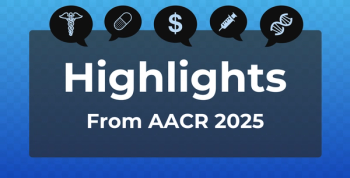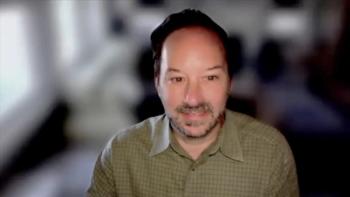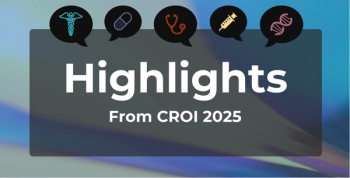
Studies on "Body Clock" Win Nobel Prize in Medicine
This is the second year in a row that the prize in Medicine or Physiology has been awarded for work that yielded understanding of chronic disease.
The
While the work is groundbreaking in its own right—telling us everything from how the body’s metabolism runs to how we behave—the choice shows how the Nobel Committee always has one eye on current events. For the second straight year, the winning science has implications on chronic diseases like heart disease,
Last year’s winner was
Using fruit flies as a model organism, the scientists isolated the gene that controls the daily biological rhythm, showing how this gene encodes a protein that is stored in the cell at night, and is then degraded over the course of the day. In later work, they revealed other proteins that make up the body’s self-regulating mechanism within the cell. According to the Karolinska Institute, which administers the Nobel Prizes, it has been shown that the principles the Nobel winners uncovered apply to other multicellular organisms, including humans.
“Our well-being is affected when there is a temporary mismatch between our external environment and this internal biological clock; for example when we travel across several time zones and experience jet lag,” the statement from the institute said. “There are also indications that chronic misalignment between our lifestyle and the rhythm dictated by our inner timekeeper is associated with increased risk for various diseases.”
Picking up on work begun in the 1970s, the 3 scientists sought to isolate an unknown gene that was known to disrupt the circadian behavior of fruit flies. The gene, already named period, was isolated in 1984. Hall and Robash went on to discover the protein PER, which fluctuates over a 24-hour cycle in tandem with the circadian rhythm. They then carried out work to show how PER protein is made when period gene activity is blocked. Young unlocked another key a decade after the original discovery when he discovered a second gene, called timelines, or TIM. When bound with PER, the 2 proteins entered the cell nucleus where they blocked the gene activity to close the feedback loop. Yet another gene Young discovered, called doubletime, or DBT, was found to regulate the oscillations.
Studies over the past decade have shown the connection between disrupted sleep and elevated insulin resistance, and increased
Officials with the National Institutes of Health (NIH), highlighted the fact that today’s Nobel Laureates have received regular funding for fundamental science; they praised not only the citation but also its importance for public health.
Biological clocks, the
“The work of these Nobel laureates to help us understand how our biological clocks work has shone a light on the significance of circadian rhythms on our health, and is informing treatments for sleep disorders, obesity, mental health disorders, and other health problems,” said NIH Director Francis S. Collins, MD, PhD. “NIH is proud to have supported this groundbreaking research.”
Newsletter
Stay ahead of policy, cost, and value—subscribe to AJMC for expert insights at the intersection of clinical care and health economics.









































